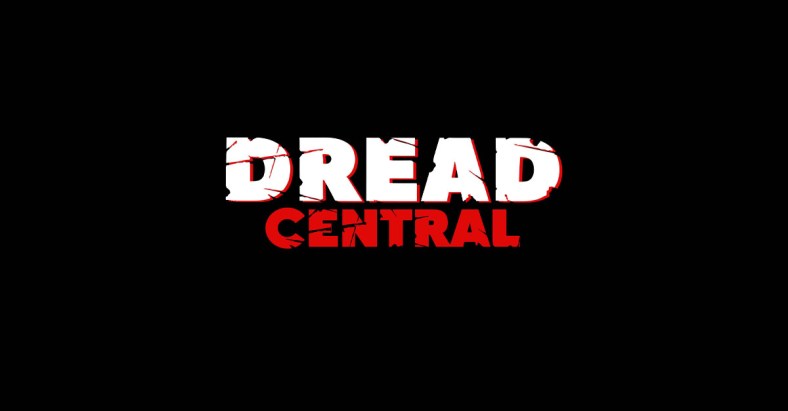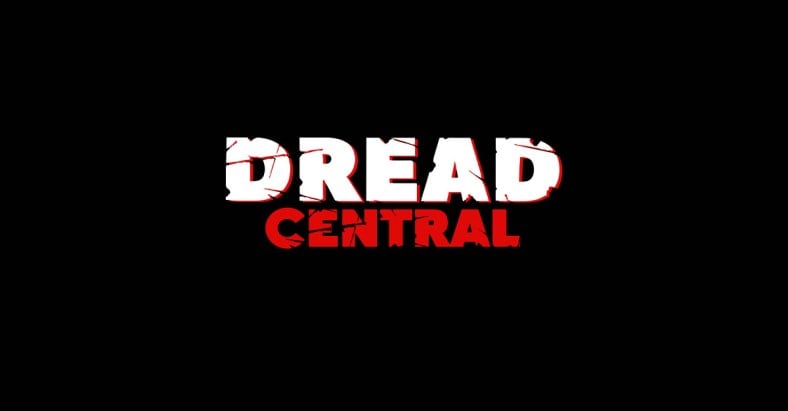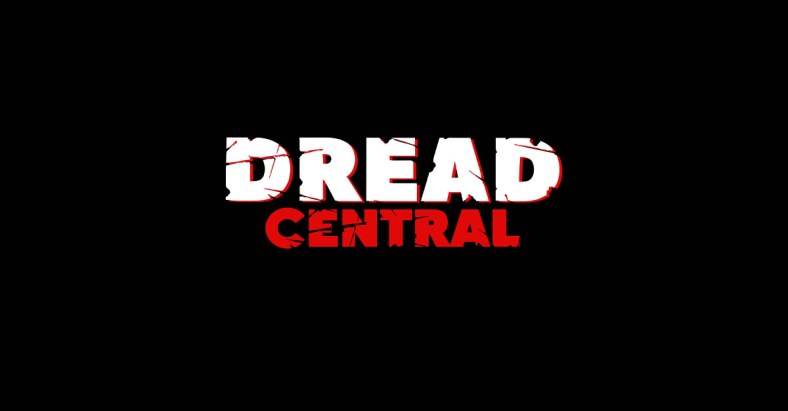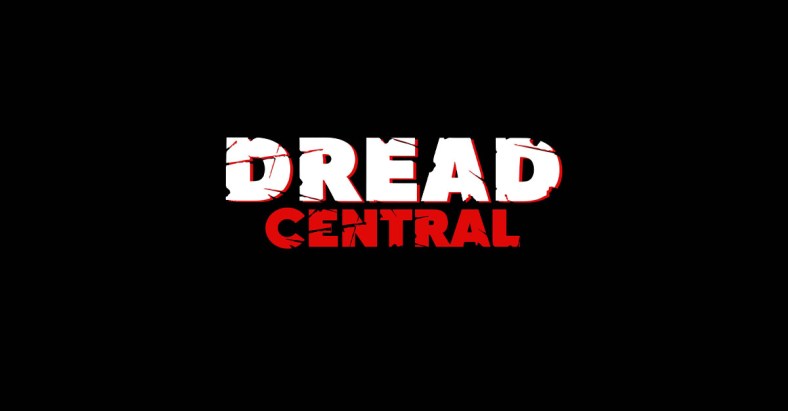Interview: Cinematographer Andrew Shulkind on Shooting The Vault and The Ritual

We’re firm believers that people behind the scenes need to be appreciated for their work in the film and TV industry. So much attention is given to the cast of a film as well as producers, directors, and writers. So it’s always a pleasure when we get the chance to shine the light on someone else who brings so much to a film. In this case, we’re proud to give you an interview with cinematographer Andrew Shulkind, who worked on Dan Bush’s bank heist horror/thriller film The Vault as well as David Bruckner’s upcoming feature The Ritual.
In the below interview, we speak about the difficulties of shooting in low-light conditions, the differences between shooting a film that is based almost entirely indoors versus one almost 100% outdoors, the equipment he used, and more! Check out the interview below for an insight into the world of a professional cinematographer!
Directed by Dan Bush (The Signal), The Vault stars James Franco, Taryn Manning, Francesca Eastwood, and Scott Haze.
Dread Central: For films that are essentially held hostage within a building for the vast majority of the scenes, how does that impact the shooting style versus films that mix outdoor and indoor footage?
Andrew Shulkind: It has its challenges! In some ways it’s really convenient because, like a television series or a studio show, we can pick up exactly where we left off the day before. The challenge with this movie is that we weren’t on a stage and so we had to keep the lighting consistent as the sun would move across the building and feel very different. Creating consistency becomes a big challenge. Basically, success means that our work is invisible!
DC: Bank heist films are a bit of a genre unto themselves, often having a bit of a similar feel and style. How did you choose to stand apart, especially when the horror element was thrown into the mix?
AS: I agree. Dan and Conal’s script was so sharp and smart that it was like nothing I’d read before. Adding the horror element was genius and really made it the ultimate bank heist movie. From a visual perspective, I always tend towards natural realism and try to resist the temptation to go for horror tropes. I think those tropes are best told with the story and pacing in the edit. Dan and I talked about natural-feeling light with all the organic interactivity that comes with that, whether that meant the way direct sunlight would warm a room when gleaming off of a polished marble floor or the soft bounce of a cold flashlight off of dull concrete walls.

DC: Low light conditions can often be the bane of a cinematographer since so much detail is obscured by shadow and darkness. How do you try and use those situations to your advantage? Also, let’s get technical: can you tell me about the cameras and lenses you used and why those were your choices for The Vault?
AS: Lighting for the most extreme version of darkness was one of the things that made me excited about this movie. The canon C300 Mark II is a camera that I had used on a couple of commercials before and had been really impressed with the dynamic range of the sensor, 4K raw capture capability, and the ability to shoot at very high ISO. So often a sensitive sensor is advertised as being able to get you out of a jam, but I wanted to work at the low end of the range for this specific creative effect. I knew that we were going to be in dark locations and I didn’t want to blast these with light and wanted to create a very nuanced sense of soft shadows. It is an honor to work with so little light.
We tested extensively and found that we were able to get an extra stop of light with the Canon sensor over Arri Alexa or Red Dragon with the low light OLPF. When paired with the Canon Cinema EOS zooms and shooting RAW to external recorders, we were able to work very nimbly at a really high level of quality and a very low level of light! The cinema zooms are fast, cover a great focal range, and suitably geared to handle a Preston. Total secret weapon in optics.
DC: You have no shortage of experience in the horror world. What sets this genre apart from others in how you approach your work?
AS: I try to approach every project with fresh eyes and avoid clicking into established protocols. I think often it’s most interesting to counter a look than go for the obvious choice. But what I love about shooting dark movies is how we can really dial in the nuance of lighting. Using the artful detail work of lighting to underscore performances and narrative is the most basic form of visual storytelling.

DC: You were the cinematographer on David Bruckner’s film The Ritual. Can you tell us a bit about working on that project?
AS: Sure! I shot one just a few months after the other. And it was the successful use of the C300 MK II on The Vault that inspired me to use Canon’s impressive sensor technology on The Ritual. They were very different movies in terms of style, tone, and location, but David and Dan share a kind of high level intelligent approach to the work and are two of the smartest guys working in this medium.
DC: The Vault is an “indoors” movie while The Ritual is almost exclusively outdoors. What does such a seemingly simple difference mean for someone in your position?
AS: Haha! A lot! This was a very dramatic difference. The Vault was primarily shot in two locations that we could pre-rig and run down the hall to approve some lighting or props or dressing. The Ritual was basically an all-exterior movie, most of which was shot in a Romanian forest on top of a mountain at night, often in the rain and snow. Almost every day was an entirely new location, new load-in, a ton of cabling, balloon lights on construction cranes. It rained when we didn’t want it to and we created rain when it didn’t.
The two most glaring challenges were:
-Springtime in Atlanta often means thunderstorms and on The Vault we often had to shut down our generator for safety concerns. In two cases, given the extreme sensitivity of the Canon sensors, I was able to use two flashlights bounced off a card to keep shooting without mains power.
-As a camera operator, your horizon is often guided by architectural horizontal or vertical features. For example, roofline, corner of a room, a road, etc… And that’s how we traditionally determine what “level” means. Without those linear references, horizon becomes really subjective and hotly disputed. In a world of snarled trees on uneven terrain in a forest and irregular ramshackle log cabins for so long made my camera operators and I yearn for right angles again!
DC: What else is next for you? What other projects can we get excited about?
AS: I’ve been busy with commercials for Target and Google and been shooting a lot of the high-end VR/AR projects out there for brands and networks.


Categorized:News

